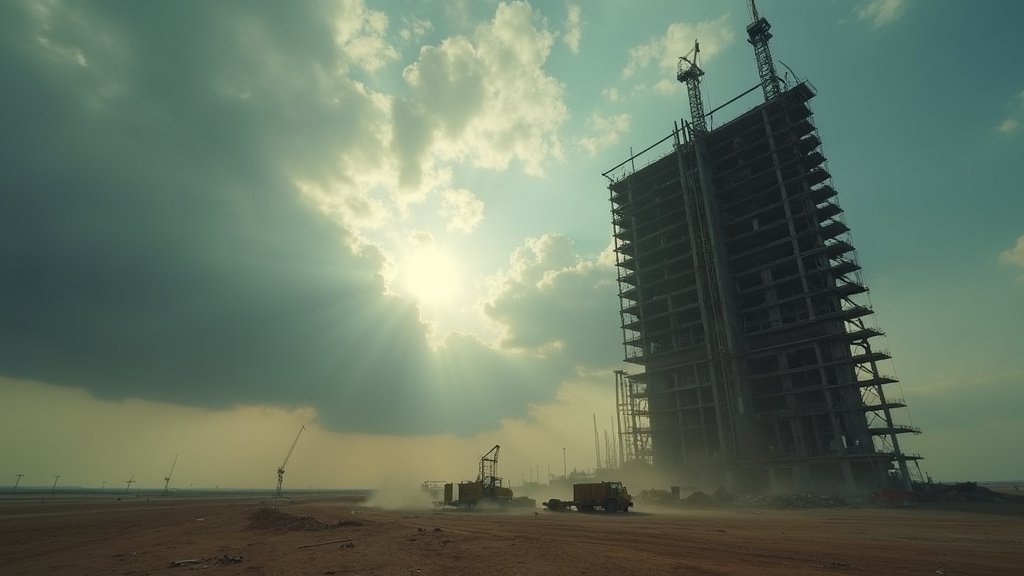A significant shift in economic momentum is underway across Texas, as the state’s once-robust pace of growth shows clear signs of moderation. The overall trajectory for the Texas economy is trending lower, marked by a notable decline in payroll employment in June 2025. This downturn represents a sharp departure from the vigorous job gains that characterized the earlier part of the year, signaling a more cautious outlook for businesses and residents alike.
The Employment Paradox: Jobs vs. Wages
While the headline figure of declining payroll employment in June 2025 might paint a bleak picture, a deeper dive into the labor market reveals a more nuanced reality. Despite the slower pace of job creation, and even a contraction in overall employment during the mid-year mark, the state’s unemployment rate paradoxically declined to 4.0 percent. This suggests a tightening of the labor market in some respects, even as the number of payroll positions shrinks. Adding to this complexity, average hourly earnings for workers across the state saw a substantial increase, rising 4.9 percent year-over-year in June. This robust wage growth, even amidst a cooling employment market, could indicate persistent demand for skilled labor or inflationary pressures filtering through to compensation.
The mixed signals within the employment data present a puzzle for economists and policy makers. On one hand, fewer people are finding new jobs, and some sectors may be shedding positions. On the other hand, those who are employed are seeing their wages rise, and the unemployment rate continues to fall, which is traditionally a sign of a strong labor market. This creates an environment where the perceived health of the Texas job market can vary widely depending on the specific metrics observed.
Business Sentiment and Inflationary Pressures Mount
The broader business landscape in Texas also reflects this mixed economic picture. Recent surveys indicate a slight reprieve in business sentiment, with the Texas Business Outlook Surveys (TBOS) headline indexes for both production and revenue experiencing an uptick in July. This improvement follows several preceding months where growth had been minimal, suggesting a potential, albeit modest, resurgence in business activity and confidence in some sectors. This news offers a glimmer of hope that certain segments of the economy are finding their footing after a period of stagnation.
However, this cautious optimism is tempered by growing concerns over inflation. After a period of welcome recession, Texas inflation took an unsettling turn, moving upwards in May. Furthermore, projections indicate that inflationary pressures are expected to further increase in June, adding another layer of complexity to the economic outlook. Rising prices could erode the purchasing power of the aforementioned wage gains, potentially dampening consumer spending and overall economic activity, especially for households already contending with higher costs of living. This inflationary trend poses a significant challenge for the state’s economic stability.
Construction Sector Contracts as Long-Term Forecasts Temper Expectations
One of the most concerning trends within the Texas economy is the sustained and broad-based decline in construction activity. Across all sectors, construction has seen a significant contraction since January. This downturn is particularly pronounced when examining investment figures: the five-month moving average for overall construction contract values has plummeted by a staggering 26 percent from its recent peak. This sharp drop signals a significant retrenchment in building projects, affecting residential, commercial, and industrial developments alike. The health of the construction sector is often a bellwether for future economic growth, and its current weakness suggests a pullback in investment and expansion plans across the state.
Looking ahead, the Dallas Fed’s Texas Employment Forecast offers a more tempered projection for the coming year. The forecast suggests that overall employment in the state will increase by a modest 1.7 percent in 2025. While still indicating growth, this figure falls notably below the state’s 2 percent long-run trend for employment expansion. This revised forecast underscores the expectation of a more moderate growth period compared to the robust expansion observed in previous years, aligning with the overall softening trend.
In conclusion, the Texas economy finds itself at a crossroads. While some indicators, like a lower unemployment rate and rising wages, suggest underlying strength, these are overshadowed by a clear slowdown in payroll employment and significant weakness in key sectors like construction. Coupled with resurfacing inflationary pressures and a more subdued long-term employment forecast, the state faces a period of uncertainty as it navigates a more challenging economic environment.






